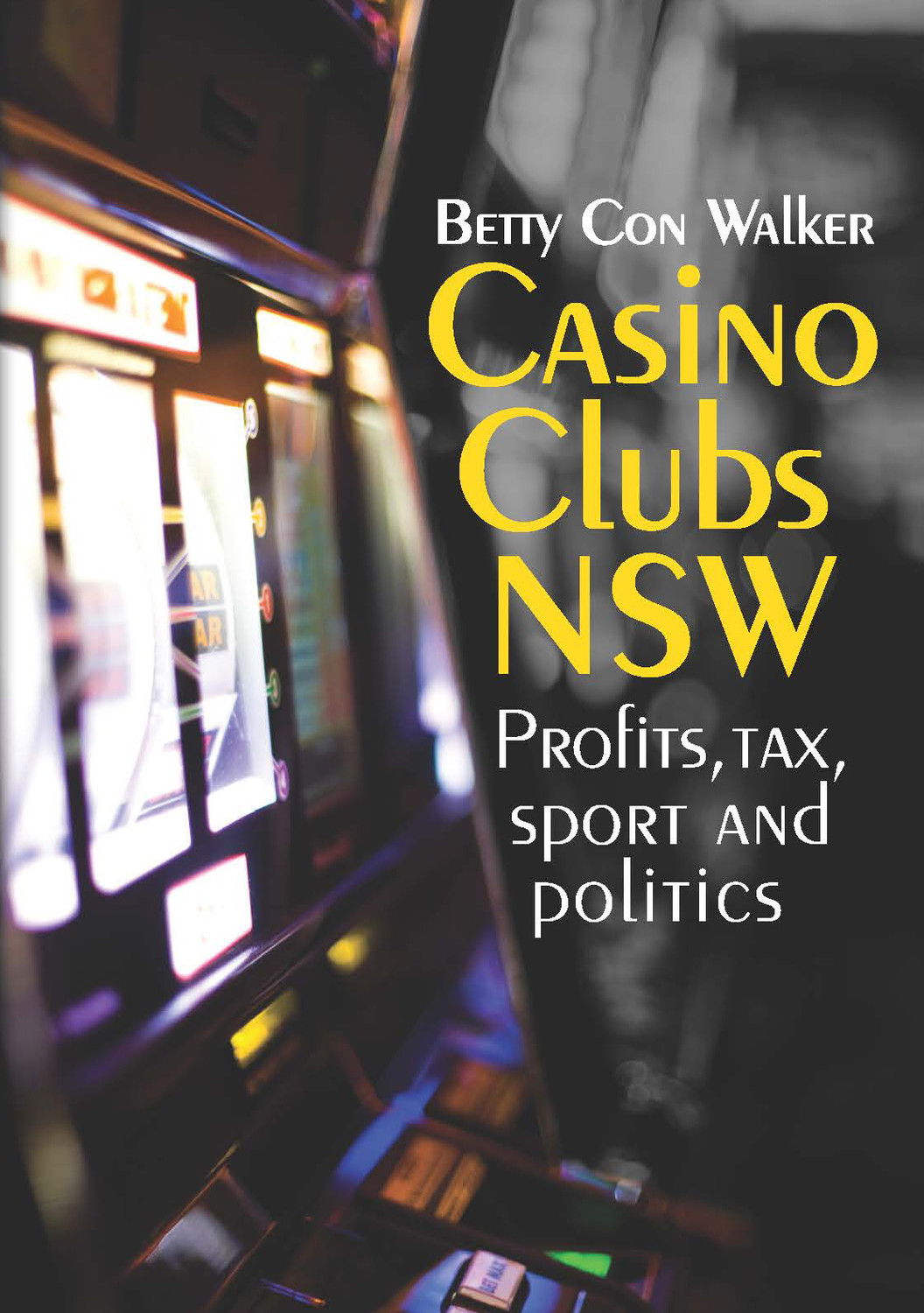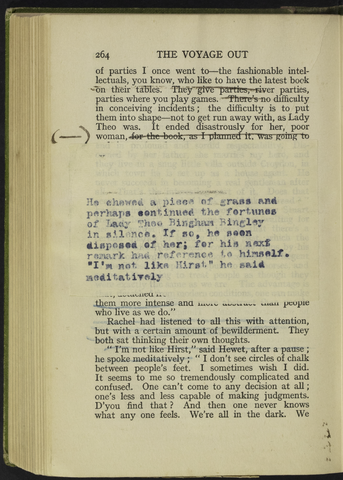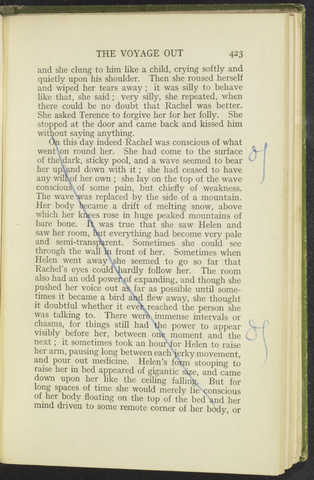
Őż
Your meticulously researched book, Cultivating Community, examines water management in the Murray‚ÄďDarling Basin. As a researcher from Ottawa, what piqued your interest in a river system so far away from home?
Őż
Amanda: Before writing the book, I spent two years as a policy analyst with the Department of Agriculture in Ottawa, Canada, working primarily on World Trade Organization files. This experience showed me how high-level government decisions‚ÄĒespecially trade policies‚ÄĒaffect farmers globally. Decisions made at the federal and international levels often leave farmers with little say in matters that directly impact their livelihoods. My dissertation supervisor, Dr Peter Andr√©e, who had done research in Australia, told me about the political controversy that plagued the Murray‚ÄďDarling Basin (MDB) since the Millennium drought. I was struck by how deeply the drought had affected the region and how government decisions played such a critical role in its management. It seemed an ideal case study for understanding the relationship dynamics between environmental policy and farming communities.
Initially, my focus was on the intersection of agricultural and environmental policy, but my research led me to develop a strong interest in water policy. What started as an inquiry into the politics surrounding the drought grew into a broader exploration of the river system’s history. I found that many environmental decisions affecting the Basin were shaped by long-standing assumptions embedded in language and culture. This discovery pushed me to examine how these deeper historical and cultural forces influence modern-day water management.
Őż
Cultivating Community draws on extensive field research among local farmers and Murray‚ÄďDarling Basin Authority officials. What do you see as some of the major hurdles for positive collaboration between farmers and government officials?
Őż
Amanda: One of the biggest challenges to collaboration between farmers and government officials is the fundamental difference in how each group perceives the world around them. These two groups operate within distinct cognitive paradigms‚ÄĒshaped by their lived experiences, values and professional demands. Farmers, grounded in the day-to-day realities of agriculture, focus on maximising yields, ensuring economic viability, and responding to environmental challenges as they arise. In contrast, government officials often approach water management from a policy-centric perspective, prioritising broader sustainability goals and regulatory compliance. This disconnect creates tensions, particularly when farmers perceive government policies like buybacks as decisions made without understanding the needs of the farming community. Issues related to over-allocation and salinity only compound these challenges, reinforcing the perception that government interventions are out of touch with local realities.
Trust, or the lack thereof, further complicates collaboration. Farmers can view officials as disconnected bureaucrats imposing regulations that seem overly complex or irrelevant to farmers’ concerns. Conversely, government officials may see farmers as resistant to change, particularly regarding environmental protections. This lack of mutual understanding is intensified by poor communication. Policy language can be complex for farmers to translate into practical action, and farmers’ concerns are often expressed in ways that don’t resonate with policymakers. Moreover, issues like drought, flooding, and economic hardship deepen this divide, as farmers struggle with regulations that feel disconnected from their lived experiences and the economic fragility of regional communities. To bridge this gap, both groups must build trust and craft solutions that address local realities, including community-led initiatives, infrastructure investment, and context-specific water management strategies.
Őż
What was your experience like working in regional Australian communities?
Őż
Amanda: Working in regional Australian communities was both rewarding and challenging. It is impossible to think about my time there without recalling the land and animals. The landscapes were striking, and the variety of bird species in central New South Wales (NSW) was extraordinary. I spotted fairy-wrens, kookaburras, kites, lorikeets and even sea eagles on farms. I also had the precarious blessing of witnessing a mob of at least fifty kangaroos bound past my kids and me at full speed, not more than ten metres away.
The research was difficult due to the vast distances between farms, which limited me to one interview per day. The year was exceptionally wet, leading to incidents like being swept off the road and having to wait for a stranger to help me out. As a solo female traveller without cell reception, these situations were particularly challenging. I also had issues running low on gas or windshield fluid (which meant bugs would obstruct my view). Despite these hurdles, the farmers were generally very welcoming and appreciated my efforts to visit them. The farmers I met were well-informed about politics and ecology, and I quickly discovered that most also shared my passion for the land and animals. Some of my experiences working in and navigating the landscape of regional NSW are shared in the book.
Őż
In the book, you analyse five environmental discourses prevalent in the Murray‚ÄďDarling Basin; could you briefly describe them here?
Őż
Amanda: In managing the Murray‚ÄďDarling Basin‚Äôs water resources, I identified five distinct environmental discourses: administrative rationalism, economic rationalism, democratic pragmatism, green environmentalism, and community centrism. These discourses represent the diverse priorities of various stakeholders involved in shaping the Basin‚Äôs water policies, ranging from farmers to government officials to local communities and environmental advocates. Each approach reflects a different worldview when it comes to balancing the complex demands on water in the region, though each has its limitations.
Administrative rationalism advocates a top-down, bureaucratic approach, with government authorities and scientific experts leading the decision-making process. This discourse emphasises regulation, centralised control, and technical expertise to ensure sustainable water use. However, its reliance on centralised decision-making often alienates local communities, leading to a lack of trust and resistance, as policies may feel disconnected from on-the-ground realities.
By contrast, economic rationalism treats water as an economic commodity, promoting market-based mechanisms such as water trading and privatisation to determine how water should be allocated. This discourse assumes that the free market is best equipped to ensure resources are distributed efficiently, with minimal government intervention. However, this approach can exacerbate inequalities, as wealthier stakeholders may buy up more water rights, leaving smaller farmers and marginalised communities with insufficient resources. It also risks undermining long-term environmental sustainability in favour of short-term profit.
Democratic pragmatism pushes for a more inclusive decision-making process, encouraging broader public participation. This discourse values the involvement of multiple stakeholders, including local communities, industries and environmental organisations, in shaping water management strategies. It stresses the importance of consensus-building and finding practical solutions that account for the diverse needs of all affected parties. While democratic pragmatism fosters inclusion, it does not always recognise how power dynamics can negatively impact the decision-making process. It tends to assume that actors have equal bargaining power, when in reality, numerous factors can affect the capacity of actors to influence policy.
Green environmentalism shifts the focus toward the ecological health of the Basin, prioritising environmental sustainability over economic or social concerns. This discourse calls for strong protections for ecosystems, advocating for policies that place the long-term health of rivers, wetlands and other natural resources above short-term human economic activities. However, green environmentalism can sometimes fail to address how social and economic injustices can often be deeply tied to environmental problems. It also conceives of humans as outside of nature, which can cause problems for the environmental movement.
Lastly, community centrism, a discourse introduced in the book, emphasises the importance of local knowledge and the unique needs of rural and Indigenous communities in the MDB. This approach advocates for bottom-up solutions that respect and integrate local experiences, fostering active community participation in water management decisions. Community centrism also champions socially fair water allocation systems that account for the specific challenges faced by marginalised groups, offering a more socially equitable approach to water governance.
Őż
What are the advantages of a community-centred approach to environmental decision-making?
Őż
Amanda: A community-centred approach to environmental decision-making offers several advantages, particularly when managing complex ecosystems like the MDB. First, it empowers local communities, particularly Indigenous and marginalised groups, by giving them a voice in the decision-making process. These communities often have intimate, long-standing knowledge of their local environment, which can provide valuable insights into sustainable management practices that external stakeholders might overlook. By drawing on local knowledge and traditions, this approach fosters solutions better suited to the area’s specific ecological, social and economic context.
Another advantage is that community-centred approaches promote greater social equity and justice. By prioritising the needs and values of the people most directly affected by environmental policies, decision-making processes are more inclusive, fair and transparent. It reduces the likelihood of disenfranchising local populations, particularly rural or Indigenous peoples, who might otherwise be ignored in top-down decision-making structures. Additionally, when communities are directly involved, they are more likely to support and comply with environmental regulations, creating a sense of ownership and accountability that can lead to more effective long-term management of natural resources.
Community-centred decision-making also fosters resilience and adaptability. Engaging those most familiar with the local landscape allows for more flexible and adaptive responses to environmental challenges, whether droughts, floods or other ecological shifts. Local communities can quickly mobilise to respond to immediate crises, and their continuous involvement ensures that environmental management remains dynamic and responsive to changing conditions over time.
Őż
For readers who would like to learn more about water management and environmental ethics, what resources might you recommend?
Őż
Amanda: For readers interested in expanding their knowledge of water management and environmental ethics, there are several works that I would recommend. A good starting point would be Vandana Shiva’s Water Wars: Privatization, Pollution, and Profit (2002). In the book, Shiva critiques the privatisation of water resources, emphasising the importance of water as a fundamental human right. She explores how corporate control of water contributes to inequality and environmental degradation, and offers a critical analysis of how the commodification of natural resources impacts both marginalised communities and ecosystems.
Another valuable resource is Maude Barlow’s Blue Future: Protecting Water for People and the Planet Forever (2013). Barlow, a globally recognised water campaigner, outlines a comprehensive blueprint for protecting the world’s water resources. Her work addresses the challenges of pollution, depletion and water privatisation, and argues for ecologically focused, community-centred solutions that empower local communities to manage their resources. This attention to community engagement and social equity makes her work especially relevant to ongoing water management debates.
For those seeking a deeper understanding of ecological knowledge and ethics, Robin Wall Kimmerer’s Braiding Sweetgrass: Indigenous Wisdom, Scientific Knowledge, and the Teachings of Plants (2013) offers a unique perspective. Kimmerer weaves together Indigenous wisdom and scientific understanding, advocating for a more reciprocal relationship between humans and the natural world. Her emphasis on community and traditional ecological knowledge mirrors themes found in the work of another Indigenous writer, Bruce Pascoe, in Dark Emu: Aboriginal Australia and the Birth of Agriculture (2014), which looks at the rich history of agriculture in pre-colonial Australia. These works highlight the critical importance of Indigenous knowledge in environmental management.
Murray Bookchin’s work is foundational in a broader socio-ecological context. The Ecology of Freedom: The Emergence and Dissolution of Hierarchy (1982) was an influential text in the writing of this book. Bookchin explores the connections between ecological issues and social structures, arguing that environmental degradation is closely tied to hierarchical power systems. His call for decentralised, community-driven solutions resonates strongly with discussions on water management and the need for local empowerment in decision-making processes.
Wendell Berry’s The Unsettling of America: Culture & Agriculture (1977) also provides critical insights into the ethical concerns surrounding land use and environmental stewardship. Berry critiques modern agricultural practices and argues for a return to sustainable farming rooted in strong communities. His focus on the cultural and ethical dimensions of land use provides a critical lens through which to view current environmental challenges.
As someone who loves reading literature, I find John Steinbeck‚Äôs The Grapes of Wrath (1939) eye-opening. This book offers a powerful depiction of how environmental degradation, in this case, the Oklahoma Dust Bowl, intertwines with economic inequality and human suffering. Steinbeck‚Äôs exploration of land and livelihood, though fictional, mirrors real-world concerns about the social impacts of environmental collapse. In this way, the book is a timeless masterpiece that helps explain how the events of the early twentieth century were foundational in shaping the current agricultural and environmental landscapes. Őż
Őż
Cultivating Community: How discourse shapes the philosophy, practice and policy of water management in the Murray‚ÄďDarling BasinŐżis available now. Order your copyŐżhere.
]]>
























 Őż ŐżŐż
Őż ŐżŐż
 Őż Őż
Őż Őż

